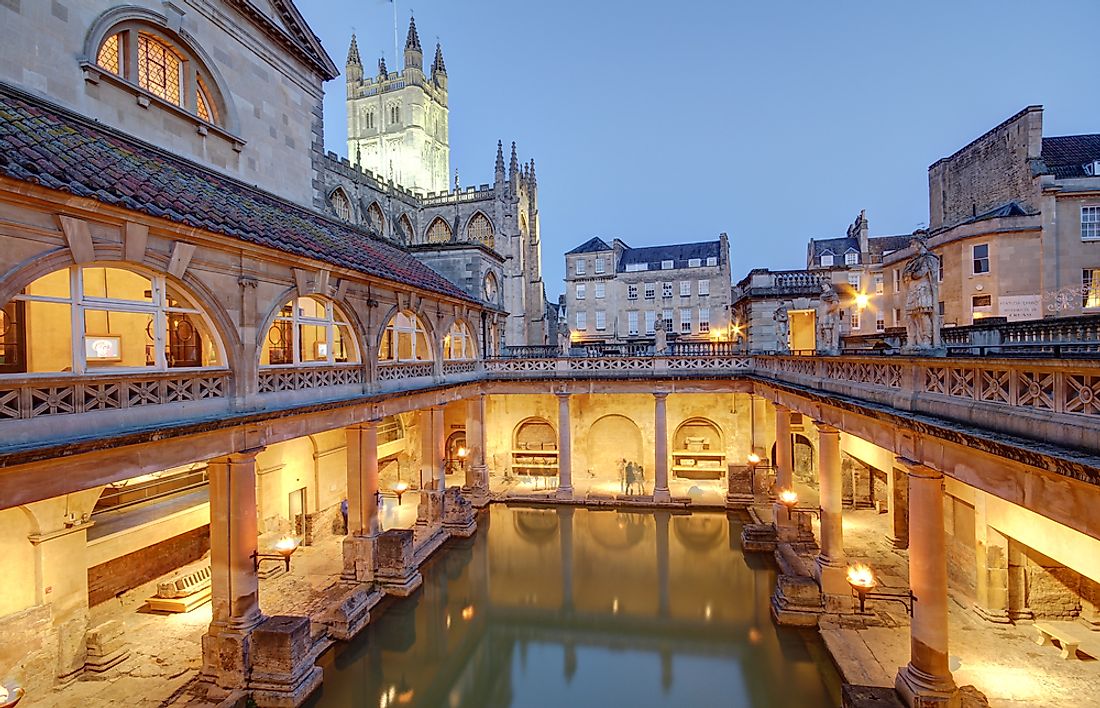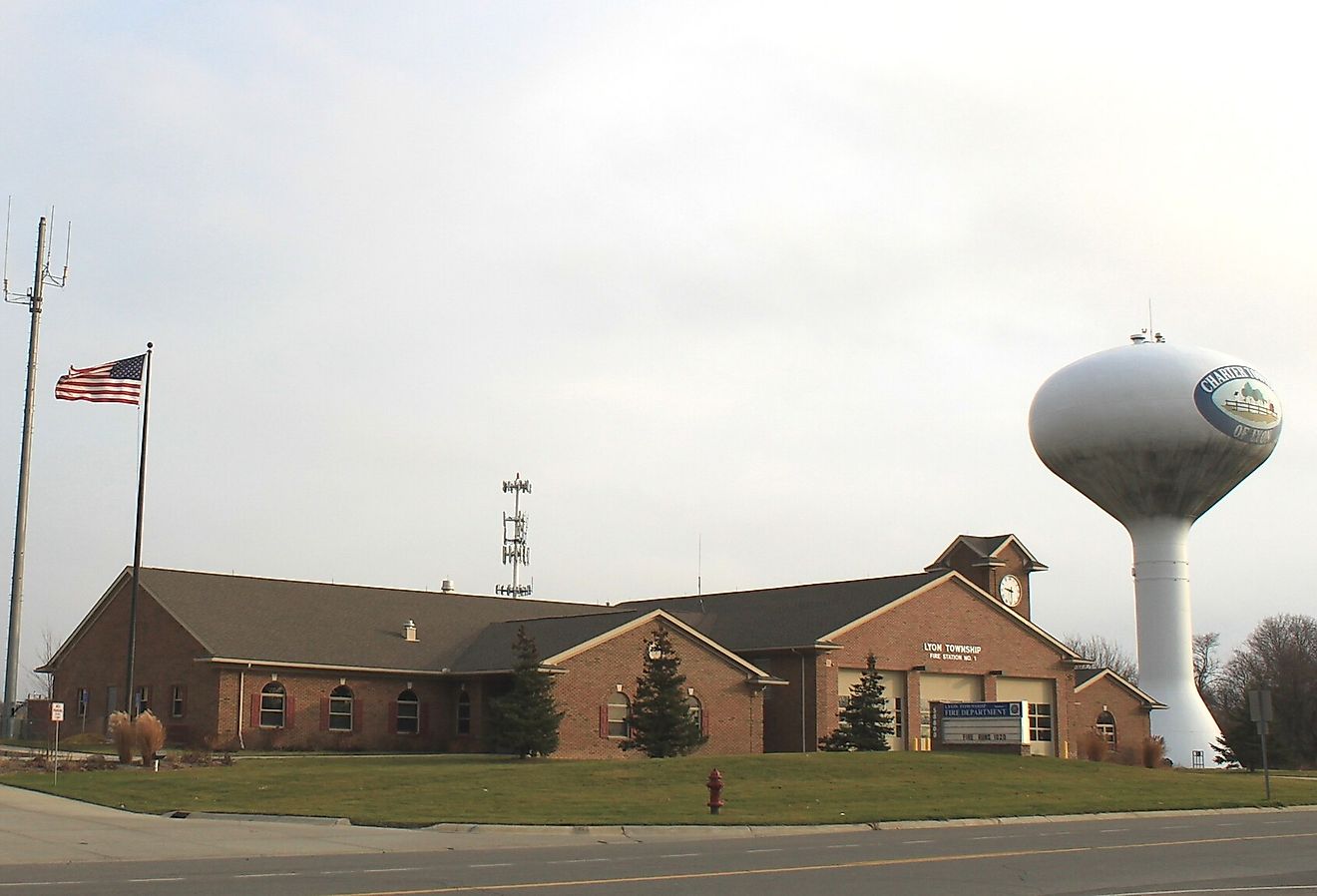The Roman Baths of Bath - Unique Places Around the World

The Roman Baths of Bath stand as some of the best well-preserved Roman architectural structures. Baths were popular centers with the Romans, and they served as centers of entertainment and worship. The Romans built grand baths in the areas where they occupied, and some of them remain to date. The Roman baths in Bath, England, in addition to the Grand Pump Room, attract over one million tourists annually.
4. History
The Celts were the first people to build a shrine at the site of the hot springs in honor of the goddess Sulis, the equivalent of the Roman goddess Minerva. When the Romans invaded the town, they named it Aquae Sulis, translating to ‘the waters of Sulis.’ The Romans began building grand temples and bathing complexes after they occupied Britain. The Romans were puzzled by the hot water at the Sacred Spring where hot water at temperatures of 460 degrees Celsius rises at a rate of 240,000 gallons a day. The Romans viewed the hot water as the work of the gods and built a temple dedicated to the goddess of healing, Sulis-Minerva between 60 and 70 AD. The bath complex was constructed over the subsequent 300 years. The Romans luxuriated in the Baths and dipped in the cold water pool. The complex was abandoned after the Romans left Britain and it subsequently fell into ruin. It was reborn as a fashionable resort in the late 18th century and in 1802 Queen Anne visited the site making it a favorite destination of the Georgian society. When undertaking repair work, sewer workers discovered the Roman structures beneath the Georgian Spa. The site has since been well preserved as an important tourist attraction.
3. Uniqueness
The Roman Baths in Bath are some of the best examples of religious spas of the medieval era. The complex represents elements of the Roman way of life including their gods. The baths showcase Roman engineering skills and architectural ingenuity. The spa facilitated the growth of the city of Bath which was founded in the 1st century AD. Bath became widely famed as a resort city as well as for art and literature. The complex is one of the most significant Roman architectural remains north of the Alps.
2. Tourism
Visitors are able to access the Baths and the Museum but are barred from getting into the water. An audio guide is acquired upon entry into the baths which is available in 12 languages. Tourists can view interesting artifacts discovered on the site such as Roman coins thrown into the spring as offerings to goddess Minerva, a gilded bronze head of the goddess, a carved Gorgon head, as well as numerous ‘curses’ which were written backward on strips of lead.
1. Description
The site features an intricate network of Bathhouses built by the Romans in the city of Bath in England. The baths were strategically built above Bath’s three hot springs and are now below the contemporary street level. The site encompasses the Sacred Spring, the Roman Bath House, the Roman Temple, and the Museum which exhibits items from the baths. The pool in the Roman era was roofed over, but the water has since turned green due to the presence of algae from the water’s exposure to air.











